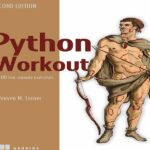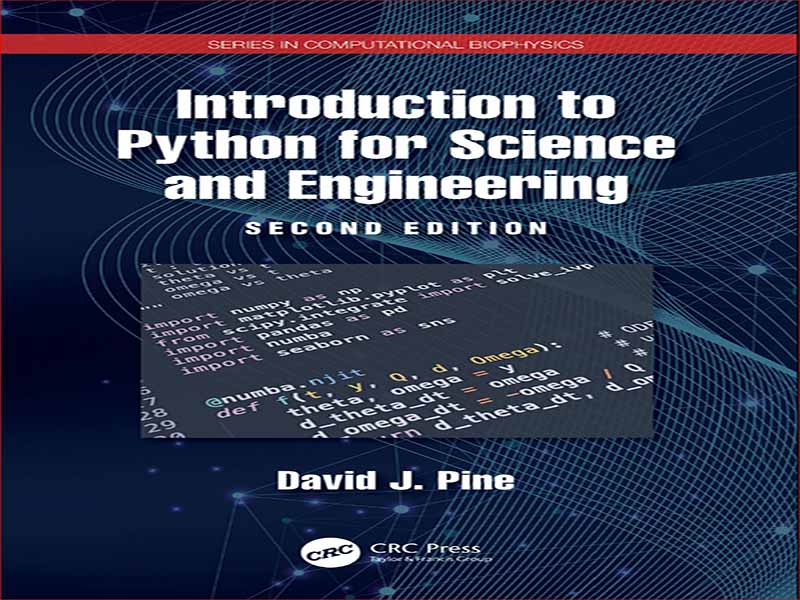- عنوان کتاب: Introduction to Python for Science and Engineering
- نویسنده: David J. Pine
- حوزه: برنامه نویسی پایتون
- سال انتشار: 2025
- تعداد صفحه: 442
- زبان اصلی: انگلیسی
- نوع فایل: pdf
- حجم فایل: 24.3 مگابایت
Introduction to Python for Science and Engineering مقدمه ای سریع و واضح به زبان برنامه نویسی پایتون برای استفاده در هر رشته علمی یا مهندسی ارائه می دهد. این رویکرد آموزشی و «از پایین به بالا» است، که به معنای شروع با مثالها و استخراج اصول کلیتر از آن تجربه است. هیچ تجربه برنامه نویسی قبلی فرض نمی شود. خوانندگان اصول دستور زبان پایتون، ساختارهای داده، ورودی و خروجی، شرطی ها و حلقه ها، توابع تعریف شده توسط کاربر، رسم، انیمیشن، و بصری سازی را خواهند آموخت. آنها همچنین یاد خواهند گرفت که چگونه از پایتون برای تجزیه و تحلیل عددی، از جمله برازش منحنی، اعداد تصادفی، جبر خطی، حل معادلات غیرخطی، ادغام عددی، حل معادلات دیفرانسیل و تبدیل فوریه سریع استفاده کنند. خوانندگان یاد می گیرند که چگونه با استفاده از JupyterLab و Spyder، دو محیط توسعه یکپارچه ساده و پرکاربرد، با پایتون تعامل و برنامه ریزی کنند. تمام کتابخانههای اصلی پایتون برای علوم و مهندسی، از جمله NumPy، SciPy، Matplotlib و Pandas تحت پوشش قرار دارند. بستههای دیگری نیز معرفی شدهاند، از جمله Numba، که میتواند محاسبات عددی پایتون را به سرعت زبانهای کامپیوتری کامپایلشده مانند C اما بدون سربار پیچیدهشان ارائه کند.
Introduction to Python for Science and Engineering offers a quick and incisive introduction to the Python programming language for use in any science or engineering discipline. The approach is pedagogical and “bottom up,” which means starting with examples and extracting more general principles from that experience. No prior programming experience is assumed. Readers will learn the basics of Python syntax, data structures, input and output, conditionals and loops, user-defined functions, plotting, animation, and visual-ization. They will also learn how to use Python for numerical analysis, including curve fitting, random numbers, linear algebra, solutions to nonlinear equa-tions, numerical integration, solutions to differential equations, and fast Fourier transforms. Readers learn how to interact and program with Python using JupyterLab and Spyder, two simple and widely used integrated development environments. All the major Python libraries for science and engineering are covered, includ-ing NumPy, SciPy, Matplotlib, and Pandas. Other packages are also introduced, including Numba, which can render Python numerical calculations as fast as compiled computer languages such as C but without their complex overhead.
این کتاب را میتوانید از لینک زیر بصورت رایگان دانلود کنید:
Download: Introduction to Python for Science and Engineering




































نظرات کاربران